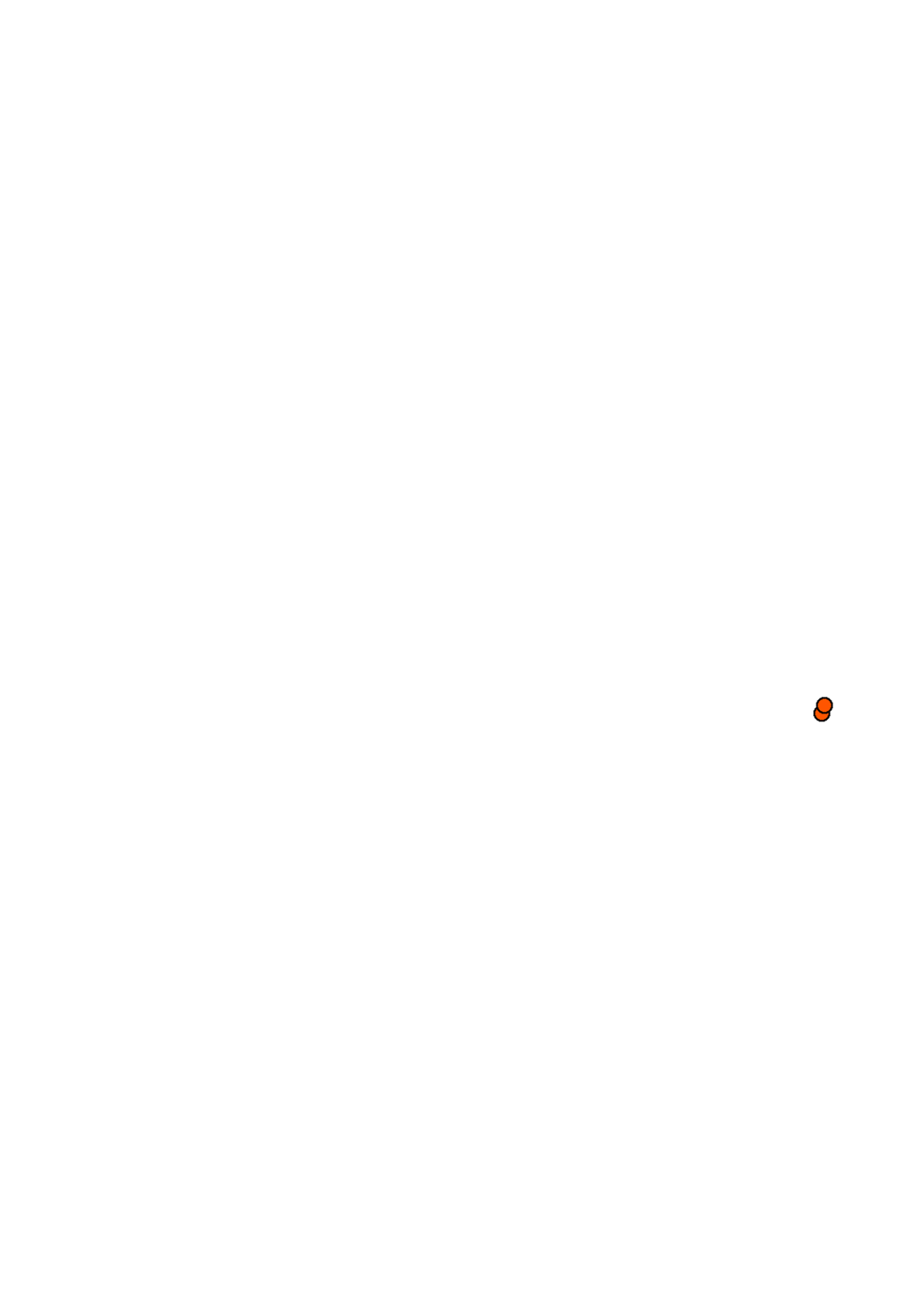500
Type of resources
Available actions
Topics
Keywords
Contact for the resource
Provided by
Groups
Years
Representation types
Update frequencies
status
Scale
-

Ce projet avait pour but de convertir des indices de bruit pour un nombre d'exemples de bruit industriel. Des mesurages de 5 cinq établissements ont été réalisés sur une durée de 1 à deux semaines. Il est à noter que certains bruits de fond externes au fonctionnement des établissements peuvent être présents: *Ecotec : la lecture est directe en journée. La nuit la société ne fonctionne pas, seuls quelques trains de marchandises circulent à l’arrière. *Dupont de Nemours : La lecture des résultats est directe pas besoin de corriger les données. *ArcelorMittal ; les données sont brutes. Elles sont influencées par des sources sonores extérieures à l’établissement. Au Nord, elles sont influencées par le trafic routier. Au Sud, elles sont influencées par la cloche de l’église en période jour. La nuit, les résultat sont directs. Avant l'utilisation des données veuillez contacter Olivier Schwab pour discuter les détails et les limitations des mesurages.
-
-
This layer shows the occurrences of reptile species that are protected by the Grand-Ducal Regulation of 9 January 2009 concerning the integral and partial protection of certain animal species of wild fauna. Occurrences from the 1st of January 2000 onwards are shown on the map with their original resolution as points or grid squares. Data come from the national database Recorder-Lux and from the international platforms GBIF.org and Inaturalist.org. They are accessed through the biodiversity map portal mdata.mnhn.lu.
-
The forest stand is the smallest unit of the forest inventory. It subdivides the forest compartments (parcelles) into smaller sections (parquets) with similar forest structures. The forest stand map visualises the forest area that differs from the neighbouring forest parts in terms of structure, age and tree species.
-

This map shows the built and functional amphibian culverts in the country. These are permanent structures that allow amphibians to safely cross a road to reach their breeding grounds (aquatic environments / still waters). During their breeding season (mid-February to mid-April), thousands of amphibians cross roads in numerous waves of migration. These roads, which were once deadly crossing points, are now adapted to the migratory flows of amphibians.
-
The date selector allows you to view the cadastral map for each day since digital historisation in August 2014.
-
The aim of old wood island ist to maintain and foster forest ecosystem services. In particular, this means preserving endangered biocenoses associated with old and dead trees by maintaining pockets of old wood in stands. In these old wood islands all trees must be preserved, including standing or fallen dead trees. The definitions and specifications related to old wood island can be found in the Articles 14 and 16 of the amended règlement grand-ducal modifié du 12 mai 2017 instituant un ensemble de régimes d’aides pour l’amélioration de la protection et de la gestion durable des écosystèmes forestiers.
-
Sensitive data refers to species for which the disclosure of exact locations in the public domain may subject the populations to a high risk of threat such as harvesting or disturbance. Sensitive data are published with a degraded accuracy of the geographical location to one square kilometer. The accuracy is degraded for occurences of: Acrocephalus paludicola, Athene noctua, Circus aeruginosus, Coturnix coturnix, Crex crex, Lanius excubitor, Perdix perdix, Tetrastes bonasia. The accuracy is degraded for occurences of: Accipiter gentilis, Alcedo atthis, Bubo bubo, Ciconia ciconia, Ciconia nigra, Corvus corax, Falco peregrinus, Milvus migrans, Milvus milvus, Pernis apivorus, Vanellus vanellus, if these species are breeding (Code C). Data come from the national database Recorder-Lux, and from the international platforms Ornitho.lu, GBIF.org and Inaturalist.org. They are accessed through the biodiversity map portal mdata.mnhn.lu.
-

The ZOA is a territorial zone which contains or is likely to contain elements of the archaeological heritage.
-
This map shows the paths and roads that are closed to motorized traffic as part of the Vëlosummer from July 27 to August 25 2024.
 geocatalogue.geoportail.lu
geocatalogue.geoportail.lu